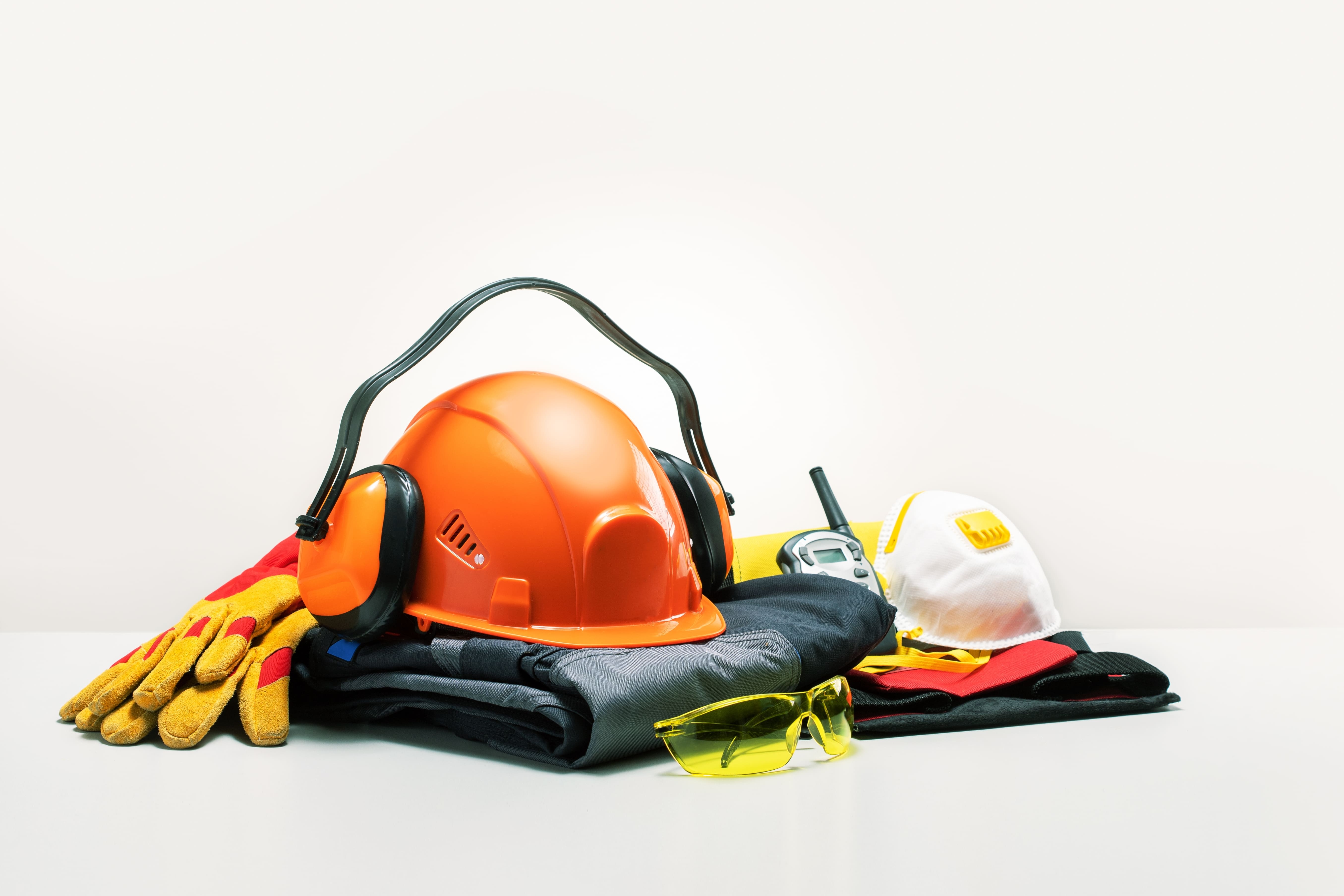A Practical Guide to Data-Driven Occupational Health and Safety
16 October 2024 - Evotix
Occupational health and safety (OHS) is rapidly evolving with the rise of digital technologies. Innovations like the Industrial Internet of Things (IoT), artificial intelligence, wearables, robotics and mobile devices are reshaping workplace safety, enabling streamlined processes and reducing risks. However, to fully harness the benefits of digital OHS, organizations must embrace data-driven strategies and optimize how they collect, manage and use data.
What is data-driven occupational health and safety?
In occupational health and safety, a data-driven approach is characterized by the reliance on data to guide and substantiate your course of action or the formulation of intervention strategies.
Enhancing data-driven OHS is not merely about identifying problems and rectifying them. Rather, it necessitates the optimization and utilization of OHS data, laying the groundwork for seamless integration with emerging OHS technologies in the future. Organizations should proactively align their data strategies with the potential advancements in technology, fostering a dynamic and future-ready OHS framework.
Building a trusted and effective data strategy
The pandemic did not just bring to light the benefits of an organized and robust occupational health and safety system; it also exposed flaws in OHS programs and brought critical data reliability issues to the forefront. Data quality issues can erode confidence in an OHS program. Therefore, ensuring the reliability and credibility of data is crucially important.
The fundamental question, therefore, is how do we deploy these new data-hungry technologies to improve workplace safety, protect worker health and reduce occupational risks? From our perspective, achieving success in a data-driven OHS program depends on how the technology is implemented, managed and regulated.
Essential Steps for Crafting a Strong OHS Data Strategy
1. Define Clear Objectives
Set specific OHS goals that align with your organization’s broader objectives, such as reducing incident rates or improving compliance. Clearly outline how data will support these goals by tracking incidents, monitoring exposures or assessing training effectiveness.
2. Identify Relevant Metrics
Select KPIs and metrics suited to your industry, organization size and specific risks. For example, construction might focus on fall incidents and equipment malfunctions, while manufacturing may prioritize metrics like machinery-related injuries or chemical exposure.
3. Establish a Data Collection System
Implement a standardized system that captures relevant OHS information consistently. Use tools like incident reporting software, wearable devices or mobile apps to collect data from sources such as safety inspections, health records, equipment logs and environmental sensors.
4. Ensure Data Quality Assurance
Apply data quality measures to verify accuracy, completeness and consistency. Regularly audit data, cross-check information and review reporting processes. Address discrepancies promptly to maintain data reliability and manage errors effectively.
5. Prioritize Data Analysis Capabilities
Invest in analytics tools that process OHS data and generate insights. Use dashboards, predictive analytics and visualizations to interpret trends, assess risks and guide decision-making. Develop in-house data skills to better analyze and act on findings.
6. Foster Transparency and Communication
Create channels to share OHS data with stakeholders like employees, management and regulators. Provide accessible reports that monitor safety performance. Promote a culture of transparency by encouraging open discussions on safety issues.
7. Adapt to Technological Advancements
Stay up to date on data management innovations such as cloud computing, AI and IoT. Continuously upgrade data collection systems to incorporate new tools that address evolving safety needs and enhance capabilities.
8. Anticipate Future OHS Trends
Monitor emerging OHS trends like regulatory changes, new risks or workforce shifts. Adjust your data strategy to stay ahead of evolving needs, such as collecting data on remote work safety or mental health. Stay informed on industry best practices to maintain a forward-looking approach.
In essence, data-driven occupational health and safety thrives not on reactive problem-solving but on the proactive cultivation of a strategic and forward-thinking approach to data utilization. By embracing a comprehensive data strategy, organizations pave the way for a resilient OHS framework that can evolve and adapt to the ever-changing landscape of workplace safety.
Want to learn more about how you can be proactive in strengthening your health and safety processes? Check out our Occupational Health Management Software overview.
RELATED BLOGS

Breaking Down OSHA's Final Rule: FAQ Edition
6 September 2023 - Evotix
The most recent revision by OSHA to 29 CFR 1904.41, concerning Recordkeeping and Reporting, mirrors the evolving trend in our industry toward digital processes and underscores the advantages they..

Understanding OSHA's New Construction PPE Requirements
18 February 2025 - Evotix
The Occupational Safety and Health Administration (OSHA) has recently revised standard 29 CFR 1926.95(c) for construction personal protective equipment (PPE). The final rule, which took effect on..

Examining OSHA’s Top 10 Most Cited Health and Safety Standards of 2023
19 December 2023 - Justin Moats & Langdon Dement
In our ever-evolving work landscape, it’s critical for businesses to stay ahead of the curve, especially in light of the Occupational Safety and Health Administration’s (OSHA) latest findings on the..
